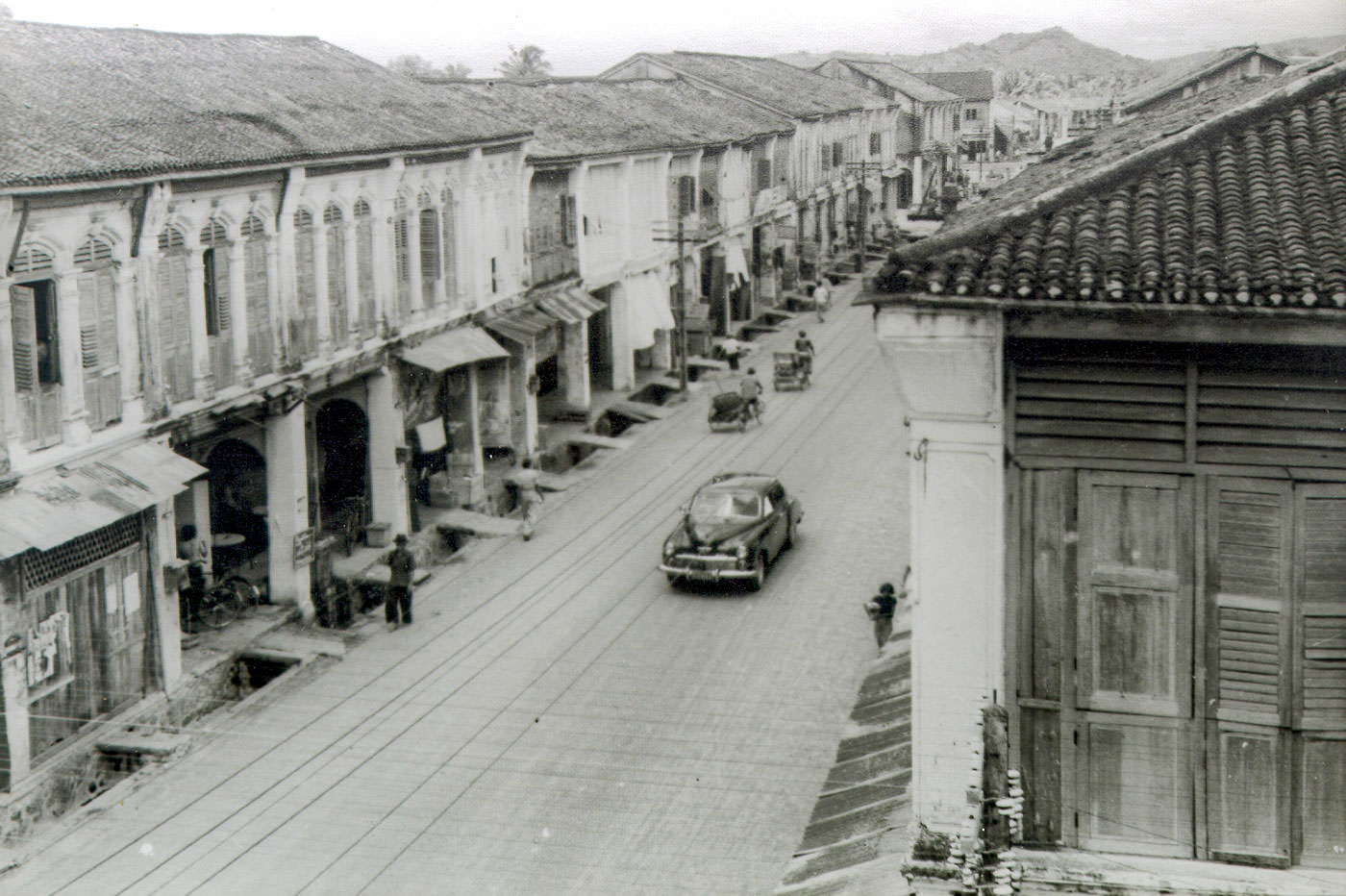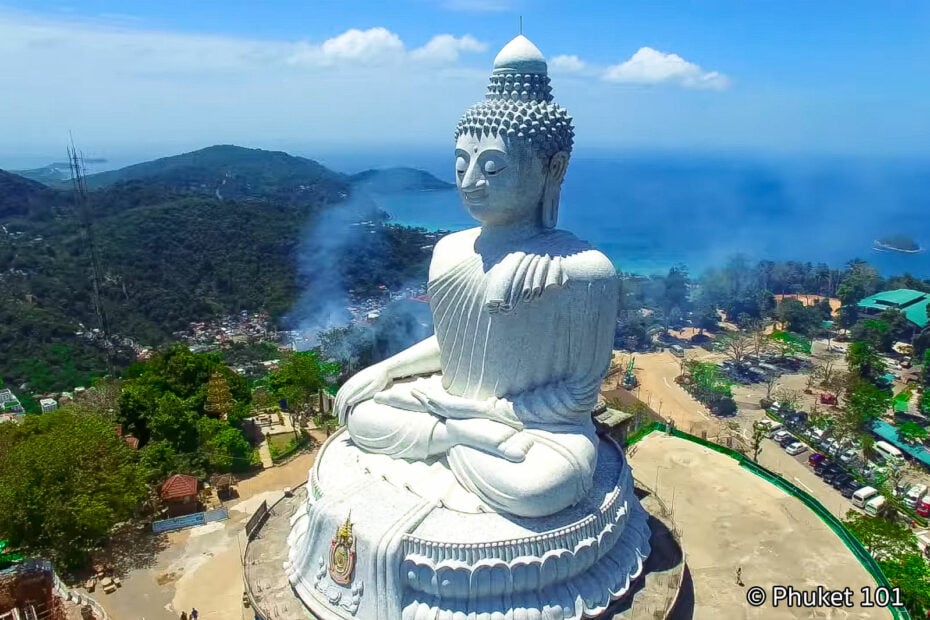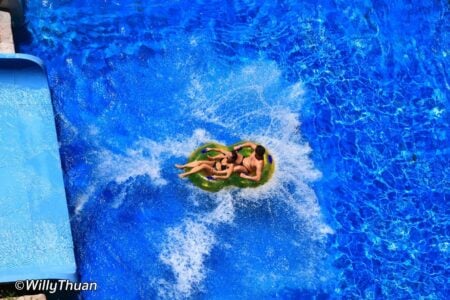Phuket Pronunciation
Phuket pronunciation is so obvious to us; we are still surprised when someone says “fooket”, so what is the correct way? How to pronounce Phuket? The correct way to pronounce Phuket is ‘Poo-ket’ [pʰuːkɛt] (in Thai: ภูเก็ต). The emphasis is on the first syllable, and the “oo” sound is similar to the “oo” in “cool”.
We thought the 2004 tsunami put Phuket and its name on the map once and for all, and its pronunciation would be clear to most people. But not; we still hear lots of hesitation, snickering and giggling. Lately, some overseas offices called us and asked if our residence was in “Fook… (hesitates), Fuuk, Faak it? (usual giggles like twelve years old)”. I couldn’t help but giggle back at the embarrassed tone; the poor guy wanted to say the ‘F’ word so badly. There was even an Air Asia airline joke about the name.
Phuket is pronounced ‘Poo-ket’; it’s that simple! Just like ‘Phi Phi’ is pronounced ‘Pee Pee’ and not Fee-Fee, and ‘Phang Nga‘ is ‘Pang Nga’ and not Fang Nga. But, strangely, ‘Suvarnabhumi‘ airport is pronounced “Sue-wanna-poom”!
The spelling seems to be as challenging as the pronunciation: Phuket or Phucket or Puket or Pooket; you name it.

Where does the name ‘Phuket’ come from?
It seems to originate from the Malay ‘Bukit’ (Book it?), which means ‘hill’, but was previously named ‘Thalang’ by locals. Thalang is still north of the island, where the original main town was long ago.
In the 17th century, when tin mining made Phuket very attractive to the Occident, Europeans called it ‘Jungceylon’. Yes, that’s the origin of the name given to the giant Jungceylon Shopping Mall in Patong, and looking around the shopping centre reveals a few hints about old Phuket. You can visit the Tin Mine Museum in Kathu to know more about Phuket’s history.

Phuket History
The Portuguese explorer Fernão Mendes Pinto arrived in Siam in the year 1545 (16th century).
His accounts of the country go beyond Ayutthaya and include a reasonably detailed account of ports in the south of the Kingdom as well. Pinto was one of the first European explorers to mention Phuket in any detail in his travel accounts.
He referred to the island as ‘Junk Ceylon,’ a name the Portuguese used for Phuket Island in their maps. Junk Ceylon is mentioned seven times in Mendes Pinto’s accounts.
Pinto stated that Junk Ceylon was a destination port where trading vessels made regular stops for supplies and provisions; however, during the mid-16th century, the island was in decline due to pirates and often rough and unpredictable weather, which deterred merchant vessels from visiting Junk Ceylon.
Pinto mentioned several other notable port cities in his accounts, including Patani and Ligor, which is modern-day Nakhon Si Thammarat.
In the 17th century, the Dutch, English and, after the 1680s, the French, competed for the opportunity to control the island of Phuket (then known as “Jung Ceylon”), which was a rich source of tin. In September 1680, a ship of the French East India Company visited Phuket and left with a full cargo of tin.
A year or two later, the Siamese King Narai, seeking to reduce Dutch and English influence, named as governor of Phuket a French medical missionary, Brother René Charbonneau, a member of the Siam mission of the Société des Missions Étrangères. Charbonneau remained as governor until 1685.
In 1685, King Narai confirmed the French tin monopoly in Phuket to their ambassador, the Chevalier de Chaumont.
Chaumont’s former maître d’hôtel, Sieur de Billy, was named governor of the island. However, the French were expelled from Siam after the 1688 Siamese revolution.
On 10 April 1689, Desfarges led an expedition to re-capture Phuket to restore French control in Siam. His occupation of the island led to nothing, and Desfarges returned to Puducherry in January 1690.
The Burmese attacked Phuket in 1785. Francis Light, a British East India Company captain passing by the island, notified the local administration that he had observed Burmese forces preparing to attack. Than Phu Ying Chan, the wife of the recently deceased governor, and her sister Mook assembled what local forces they could. After a month-long siege of the capital city, the Burmese were forced to retreat on 13 March 1785. The women became local heroines, receiving the royal titles Thao Thep Krasatri and Thao Si Sunthon from a grateful King Rama I. During the reign of King Chulalongkorn (Rama V) Phuket became the administrative center of the tin-producing southern provinces. In 1933 Monthon Phuket was dissolved and Phuket became a province.
Phuket History Photos
All this Phuket pronunciation story is an opportunity to share these fun photos showing some of Phuket’s Streets and buildings in the past and how they look today 😀
Phuket is a beautiful island in southern Thailand with a rich history dating back to the 13th century. The island was once a major port and centre of tin mining and played an important role in the trade between China and other parts of Southeast Asia. In the 19th and 20th centuries, Phuket became a popular destination for travellers and traders, and it has since developed into a major tourist destination known for its beautiful beaches and diverse attractions.




















